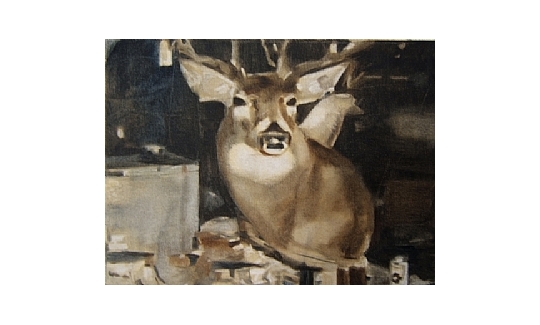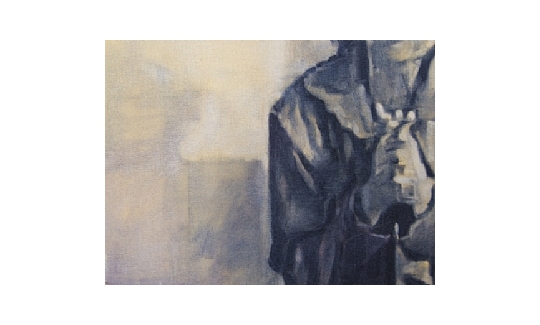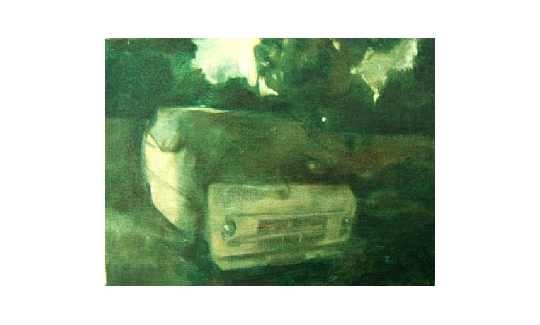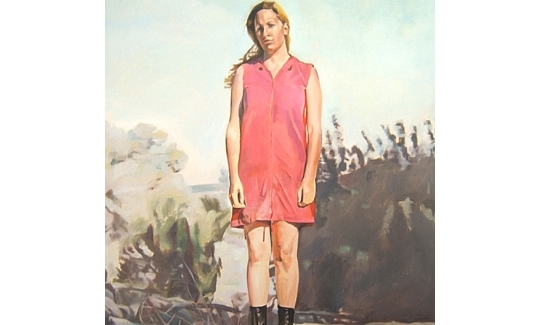The scenes in this video installation were all filmed during family celebrations - holidays and birthday parties - on the artificial lawn in the back yard of the artist's childhood home. This back yard, which is situated in Holon, also functions as the yard of the private childcare center run by Gueller's mother. The dominant and industrious mother is seen "activating" a multitude of children and adults during different events. Gueller's scrutinizing gaze poignantly reveals how joyous celebrations are conducted in Israel. She intentionally unravels the seam between the artificially staged and the documentary, and intensifies the dreamlike, synthetic feeling that characterizes familial demonstrations of happiness. The manner in which the autobiographical contents of this work merge with a larger collective experience calls for a critical examination of contemporary Israeli society, of its celebrations and moments of joy.
This installation is part of the exhibition "Mixed Emotions".
Curator: Yehudit Matzkel
In this exhibition, Orimian creates a mysterious, enigmatic narrative suspended between reality and imagination. At the center of the exhibition are two life-size portraits of a young woman and man, which appear like frozen, fragmented cinematic images. Although their names are specified, it is unclear whether these are real figures or stereotypes representing "Man" and "Woman." In contrast to these two figures, which stand silently while directing a disturbing gaze at the viewer, the group of small paintings is characterized by a different painterly language - the figures are fragmented, headless, and giddy. Since the story's margins are unraveled, unearthing only parts of it, the viewers are invited to ascribe a narrative logic to the painterly sequence and to assign it a suitable cinematic genre: horror, drama, tragedy, or even a melodrama about impossible love.
Orimian's works introduce voyeurism as a major theme: he gathers his images in the course of randomly surfing blogs on the web, thus inevitably transforming the viewers themselves into voyeurs. These digital images are then transformed through the language of painting, raising questions about the traditional medium of painting's relevancy in relation to the photographic image. As Orimian notes, "the painting exploits the digital medium to release it from its boredom, while seeking the bright side concealed in those amateur, careless photographs, transforming them into 'street poetry' in the language of painting." The act of painting appropriates photography, relying on it and utilizing it. The result is an abstraction of reality; the more we try to capture it, the more unattainable it becomes. The paintings remain a mute testimony to the narrative event and to the act of painting; like the living-dead, they oscillate between the terms "still" and "life."




